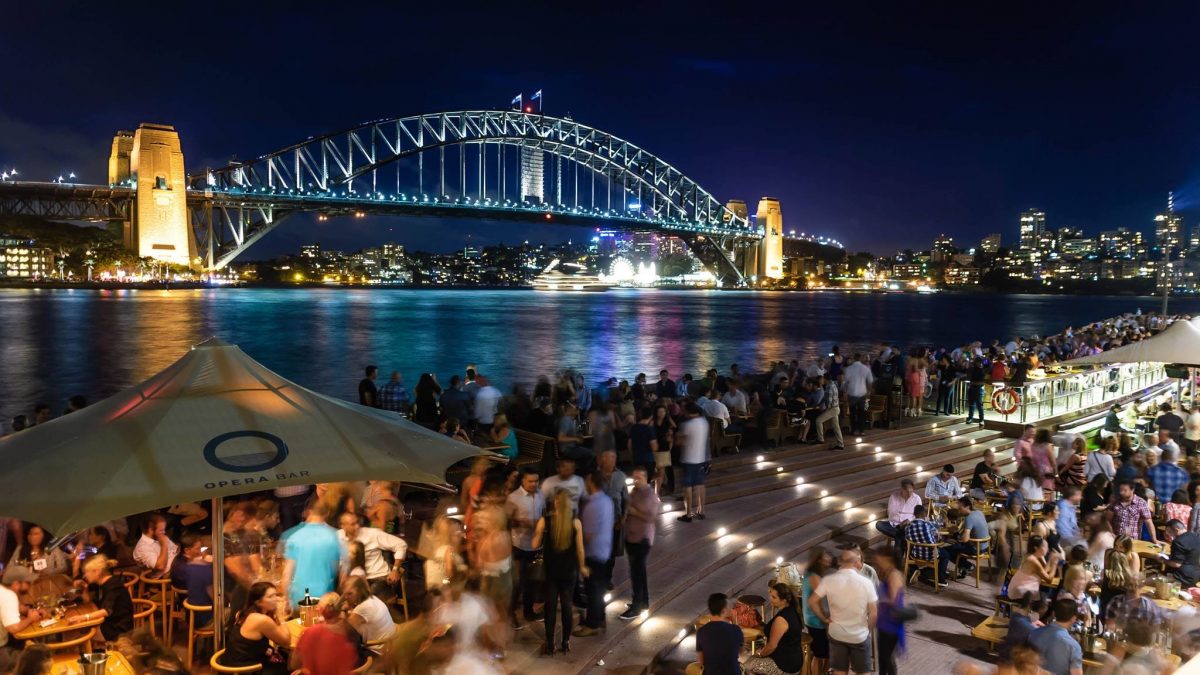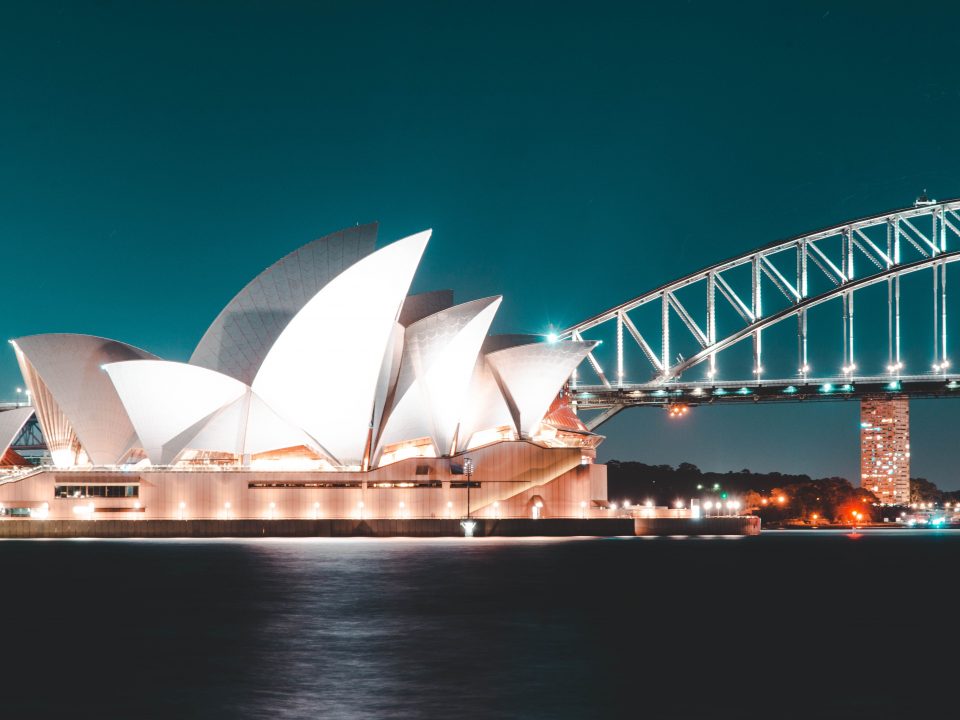Immigrants don’t take Australian jobs, they create jobs for others

Inside track: Immigration – In the media, in practice and courts and publishing
August 19, 2020
Remote-work visas will shape the future of work, travel and citizenship
September 10, 2020Opportunistic politics or merely the time-honoured twisting and turning of the snake that is the political economy of Australian immigration?
The Covid-19 virus has put a dramatic halt to Australian immigrant arrivals. Kristina Keneally, Labor’s home affairs frontbencher, has called for a substancial cut to future Australian temporary immigration intakes: “We must make sure that Australians get a fair go and a first go at jobs.”
The snake in question is the boa constrictor, appropriately perhaps an immigrant species to Australia. Searching for a metaphor for Australian immigration, the late Charles Price, great demographer and migration scholar, compared the Australian appetite for immigration to the feeding patterns of a boa constrictor: during periods of economic boom Australia took in huge gulps (intakes) of immigrants only to cut back dramatically during periods of economic downturn.
Australia introduced the postwar immigration program because it was “populate or perish”. With the US, Canada and New Zealand, Australia had become a settler immigration country: immigrants and their immediate and extended families were sought not only to fill the labour shortages but also to contribute to long-term nation building.
Immigration numbers gradually increased during the first postwar long boom, rising to a record of 185,099 in 1969-70. After the first global economic crisis of 1974-75, it was cut to 52,752, the lowest annual intake on record. As the economy recovered so too did immigration intakes, only to fall again with the onset of the second global postwar recession in 1982-3. Numbers increased again under the Hawke government, only to be interrupted by the 1991-92 recession: net immigration intakes of 78,300 in 1991-92 fell to 48,400 the year after. It took many years for immigration numbers to recover.
Australian immigration has always been controversial, perhaps because only Switzerland and Luxembourg among OECD countries have a higher relative immigrant population. The controversy has centred on the numbers arriving annually and their composition. The first immigration policy in the colony of NSW in the 1860s was to restrict Chinese immigration.
At federation, the white Australia policy was the common denominator, the glue that united the new nation. After each recession, a new national immigration debate emerged. Shortly after the 1982-3 recession, the historian Geoffrey Blainey launched the first shots of what became known as the Asian immigration debate. After the early 1990s recession, Pauline Hanson mark 1 emerged with another promise to end Asian migration. The key message here: immigrants take our jobs while Asians (or Muslims in One Nation mark 11) are not desirable migrants. Until the Howard government immigration policy had been bipartisan. At the 2001 federal election, Howard successfully played the race card after his government said asylum seekers – boat people – had threatened to throw their children overboard . More than a decade
later Tony Abbot mimicked his mentor by promising to stop the boats if elected. He was and he did, with Scott Morrison his hitman on boat arrivals.
In the recent federal and NSW state elections, immigration policy was again put in play by the conservatives. The NSW premier, Gladys Berejiklian, promised to cut the immigration to NSW in half if elected, despite having no powers to do so. When Morrison went to the polls, he announced loudly that he would cut immigration to 160,000 per annum, even though it was already only slightly higher than that. Morrison did not publicise the fact that his government had increased refugee intakes to the highest historical level. The antiimmigration rhetoric was precious even if it did not match the facts.
So, what do we make of Keneally’s stance? Is this a sign that Labor will now take the frontrunning on the politicisation of the immigration issue? Will it develop an anti-immigration politics on the argument that immigrants take our jobs? After all, Labor has skin in the immigration game: Keating introduced mandatory detention for boat people while Rudd promised they would never settle in Australia.
Keneally is right to be concerned about the size of the temporary migration intake. Today temporary migrant intakes outnumber permanent arrivals by three to one, with 2.1 million temporary migrants currently living in Australia. Australia has discarded the settler immigration model to adopt a guest-settler immigration model. The hyphen indicates a bridge or pathway between the two: many permanent immigrants have previously been on temporary visas, with an average of three and a half temporary visas, according to the Productivity Commission. This is what prevents the argument that Australia has abandoned
settler migration altogether.
Immigrants do not take Australian jobs: they create jobs for others. This is evident in relation to international students and working holidaymakers: their absence has created a crisis for the Australian tertiary education and agricultural industries. They cannot be replaced.
Australia has a geographically immobile labour market: the unemployed do not travel out of the cities for seasonal agricultural jobs, while local students do not inject the cash of international students. The last thing that the Australian economy needs now – after the Covid shock – is to wreak havoc on the prospects for economic recovery by impeding the economic stimulus that immigration brings.


